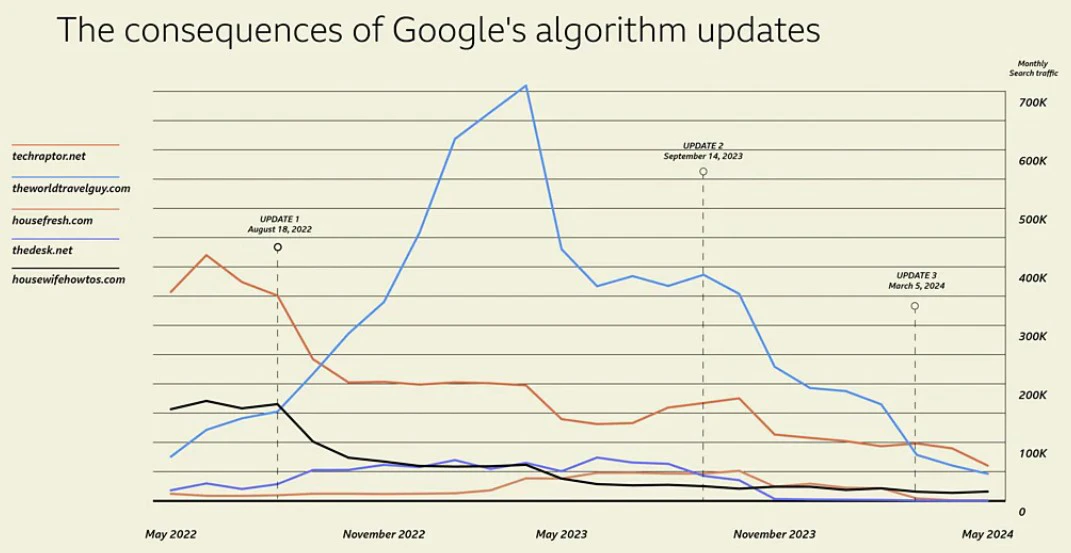In a surprising revelation, the Chief Digital Officer of the government admits to a lack of awareness regarding any ongoing trials utilizing artificial intelligence (AI) to summarize parliamentary submissions. This disclosure comes in the wake of reports suggesting the use of AI by the Australian Securities and Investments Commission (ASIC) for similar purposes. As discussions surrounding the role of AI in governmental processes intensify, concerns about the dependency on foreign-developed AI technologies and the need for responsible adoption are brought to the forefront.
Discrepancy in AI initiatives – Government’s digital leadership under scrutiny
Contrary to recent media coverage indicating ASIC’s experimentation with AI for the summarization of public submissions into parliamentary inquiries, the government’s Chief Digital Officer expresses unawareness of any such endeavors. While the ABC’s report highlighted ASIC’s exploration of AI as a solution to the overwhelming task of processing numerous submissions, the government’s digital leadership seems disconnected from these efforts. This disparity raises questions about the coordination and communication regarding AI initiatives within government agencies.
The discrepancy between ASIC’s reported AI trials and the Chief Digital Officer’s statement underscores the need for transparency and accountability in AI adoption across governmental bodies. The divergence in awareness highlights potential gaps in information sharing and collaboration, which are crucial for fostering effective technological innovation. Addressing these communication challenges is essential to ensure that AI initiatives align with broader government objectives and priorities.
Potential and pitfalls of AI adoption
Despite the potential efficiency gains touted by proponents of AI adoption in the public service, the Chief Digital Officer emphasizes the importance of responsible AI use. While AI and automation hold promise for streamlining processes and reallocating resources to higher-value activities, concerns linger regarding privacy, security, and ethical considerations. The acknowledgment of these risks underscores the necessity for robust governance frameworks and ethical guidelines to mitigate potential harm stemming from AI implementation.
Promoting responsible innovation
Recognizing the transformative potential of AI, efforts are underway to encourage greater adoption and innovation within public agencies. The initiation of a program aimed at coordinating AI utilization across government entities signals a proactive approach to harnessing AI’s capabilities. With an emphasis on responsible innovation supported by governance principles, the program seeks to guide agencies in exploring AI applications while safeguarding against adverse impacts on individuals and society.
As discussions surrounding AI adoption in governmental processes continue, the apparent disconnect between reported AI initiatives and the Chief Digital Officer’s awareness raises concerns about communication and coordination within the government. While the efficiency gains promised by AI are enticing, the risks of unintended consequences necessitate a cautious approach. How can government agencies balance the pursuit of innovation with the imperative of responsible AI use in the face of evolving technological landscapes?





